Number Sense Teaching Resources
Browse printable number sense worksheets, hands-on maths activities and more teacher resources created by teachers for teachers like you!
These resources are aligned with the Australian Maths Curriculum, and each was created by teachers with teachers — and students — in mind to help build foundational maths skills in ways that engage and excite students about numbers!
Want to learn more about number sense? Read on for a primer from our teacher team, including a definition of number sense, how to assess this important maths skill and more!
What Is Number Sense?
In the most basic sense (no pun intended), number sense refers to a student's intuitive understanding of numbers and their relationships. It includes the ability to estimate and compare quantities, understand numerical patterns and relationships and make reasonable judgments about the accuracy of calculations.
When students show an understanding of numbers, their size, relationships,and how they are affected by the four mathematical operations, what they're really showing is their number sense.
In an educational setting, building number sense is closely related to other foundational skills such as problem-solving, critical thinking and logical reasoning. As our students get older, it will become a crucial skill for daily life they will use to manage finances, calculate time and make decisions based on numerical information.
Teach Starter Teacher Tip: Although the names may seem interchangeable, it's worth noting that number sense is not the same as mathematical fluency or memorisation of algorithms, but rather a deep understanding of the underlying concepts and relationships between numbers.
When Does Number Sense Develop?
There is no single year level when we're teaching students number sense — instead, it continues to develop and become more sophisticated as students progress through primary school.
Research suggests that babies as young as 6 months old can distinguish between small and large numbers of objects, and by prep, students are already working on number sense as they begin to learn counting and one-to-one correspondence. At this level, they're also beginning to develop an understanding of quantity and relative size — both key to overall number sense.
Number sense will continue to grow in primary school as students become more adept at recognising and using numbers to solve problems, and it continues into high school and — for many students — into university.
Assessing Number Sense
When we assess students for their number sense skills, there are certain mathematical concepts that they should have under their belts. These include:
- Ability to Recognise Missing Numbers in a Pattern —When kids can fill in missing numbers in a sequence, they're showing that they can make connections between numbers and develop an understanding of the relationships between them.
- Ability to Use Maths Mentals — Students with number sense can use maths mentals to solve problems involving the four basic operations.
- Ability to Engage in Systematic Counting — Children who can count systematically can more easily understand the relationships between numbers, including number magnitude, patterns and sequences.
- Ability to Subitise Numbers — Students can use visual clustering skills to instantly recognise how many objects are in a group without physically counting them.
- Ability to Relate Numbers to Real-World Problems —For example, a student may understand that '3' means 'three objects' or 'three days' or 'three dollars.'
- Ability to Compose and Decompose Numbers — Students use number sense when they break down numbers and put them back together. For example, a student who can break down the number 10 into 8 and 2, then add the two back together to again make 10, is using number sense.
- Plus Plan
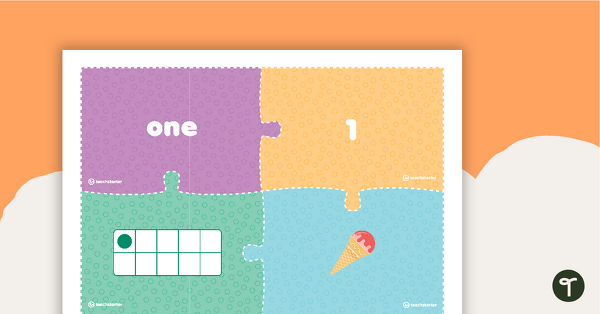
1 to 20 Number Match-Up Puzzles
A set of 20 match-up puzzles to help students identify the numbers from 1 to 20.
- Plus Plan
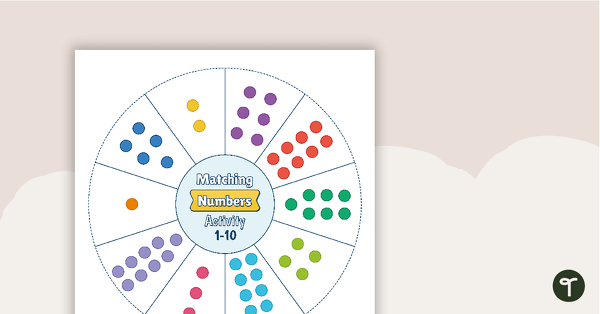
Number Rings Activity (1-20)
Subitising numbers match up activity.
- Plus Plan
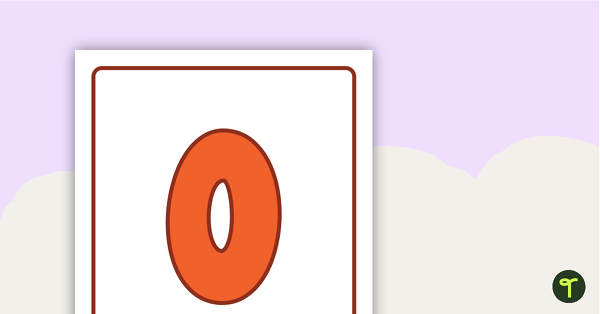
Number and Word Posters 0-99
Posters showing numbers and words from 0-99.
- Plus Plan
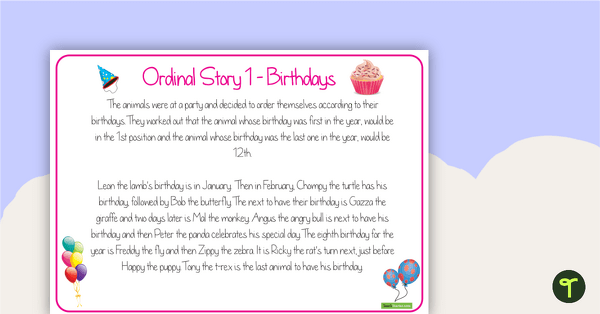
Ordinal Stories
A game that incorporates reading and ordinal number skills.
- Plus Plan
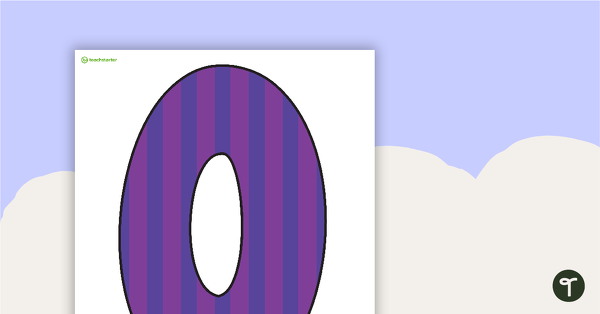
Numbers and Words 0-30 with Animal Values
Posters representing the numbers and words from 0-30 with different animals showing their values.
- Plus Plan
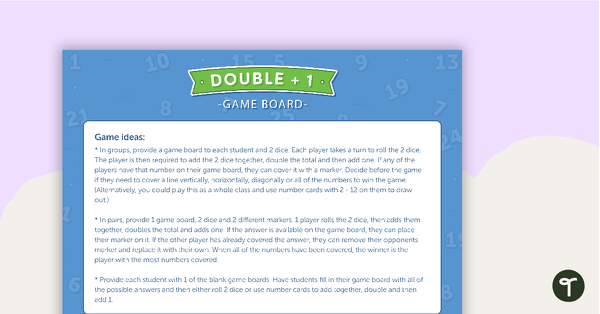
Double Plus 1 – Game Boards
30 game boards to use when working with near doubles.
- Plus Plan
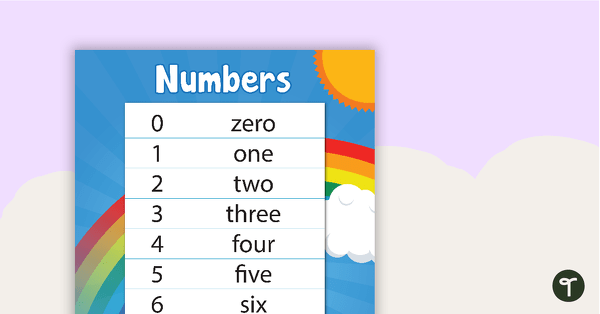
Numbers and Words 0-10
Numerals 1-10 and their corresponding names.
- Plus Plan
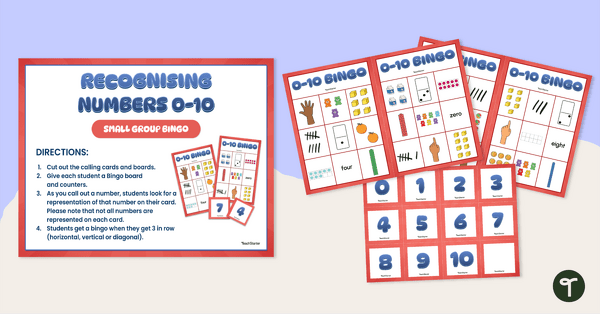
Recognising Numbers 0 — 10 Bingo (Small Group)
Play this fun number recognition game with your preschool and foundation students to help them identify the numbers 0 - 10!
- Plus Plan
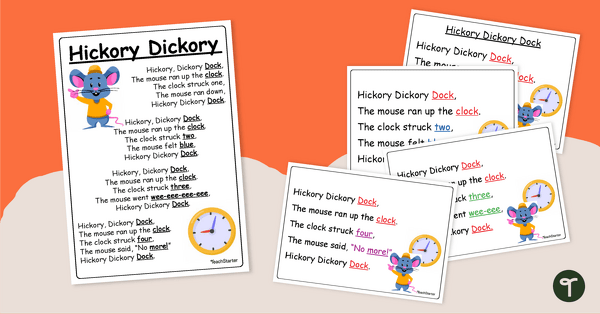
Hickory Dickory Dock – Nursery Rhyme Poster
Use this “Hickory Dickory Dock” nursery rhyme poster to teach your youngest students about rhyme, rhythm and counting.
- Plus Plan
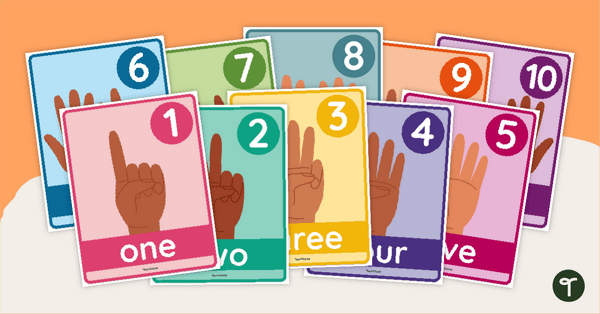
Finger Counting Poster Set
Display this set of finger counting posters to10 in the early years classroom.
- Plus Plan
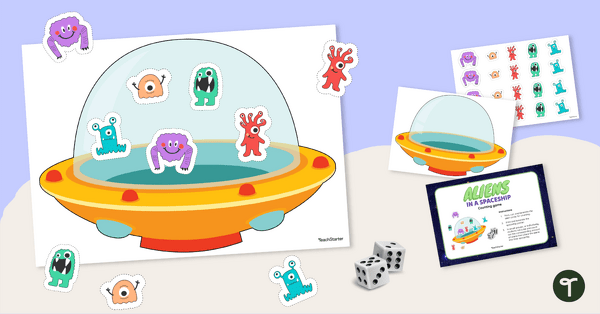
Aliens in a Spaceship Counting Game (1-6)
Practise counting with this fun aliens in a spaceship counting game.
- Plus Plan
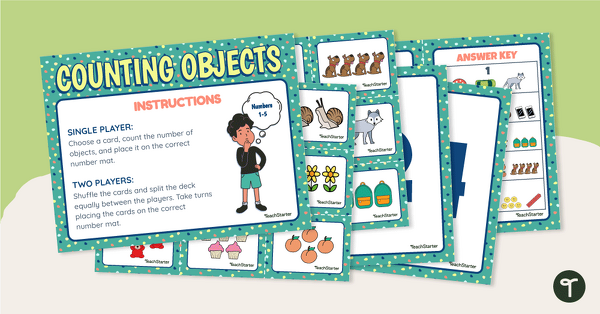
Counting Objects Sort Numbers 1-5
Practise counting 1 – 5 objects with this colorful sorting activity.
- Plus Plan
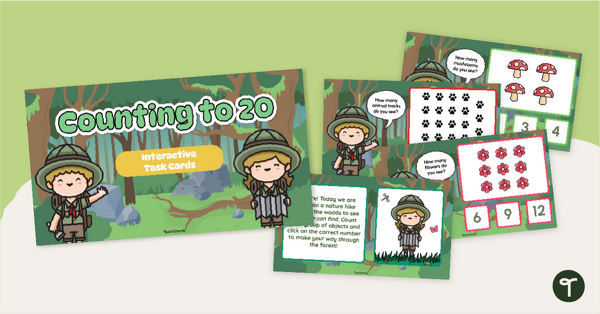
Counting to 20 Interactive Task Cards
Explore the woods with this nature hike and count the different groups of objects along the way!
- Plus Plan
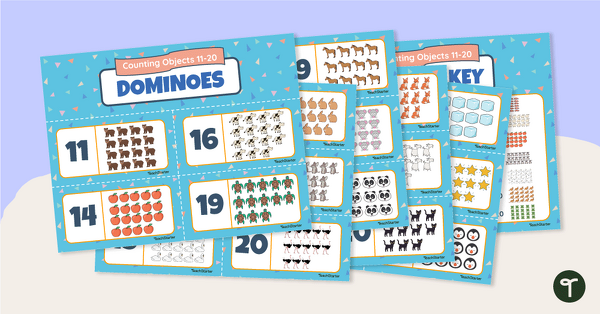
Counting Objects Dominoes Numbers 11–20
Practise counting objects by matching 28 numeral and picture dominoes.
- Plus Plan
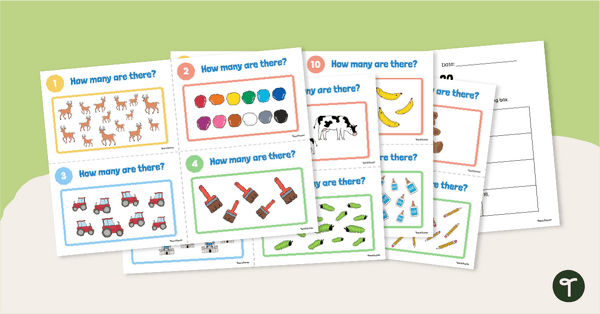
Counting to 20 Task Cards
Practice counting objects up to 20 with this set of 16 task cards.
- Plus Plan
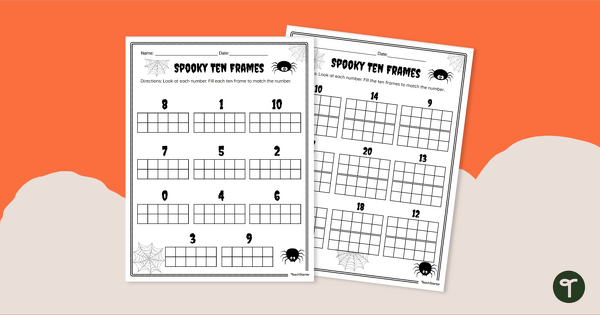
Halloween Maths Worksheets - Spooky Ten Frames
Model numbers to twenty using ten frames with a spooky Halloween maths worksheet for year 1.
- Plus Plan
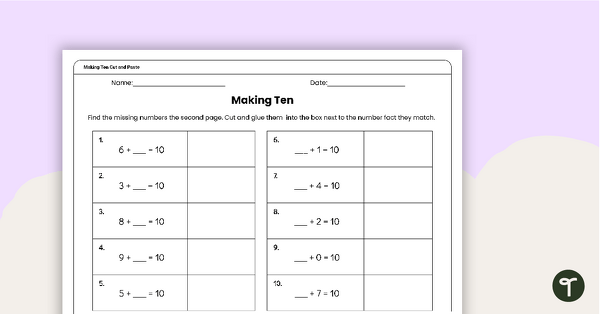
Making Ten Cut and Paste Worksheet
A cut-and-paste worksheet to practise finding the missing addend when making ten.
- Plus Plan
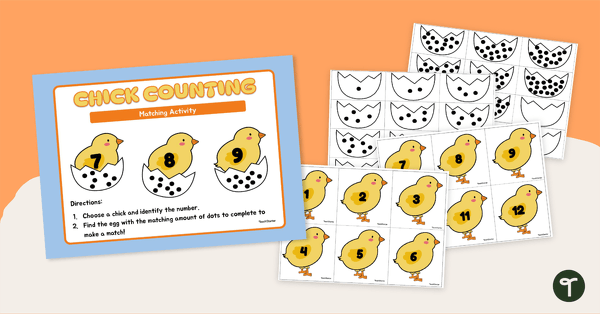
Chick Counting Activity - Numbers 1-20
Practise recognising, counting and subitising numbers from 1-20 with this Easter-themed counting activity.
- Plus Plan
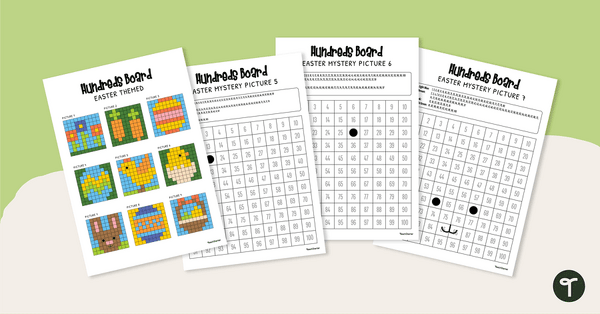
Easter Hundreds Board Mystery Pictures
A set of 9 Easter-inspired mystery hundreds charts.
- Plus Plan
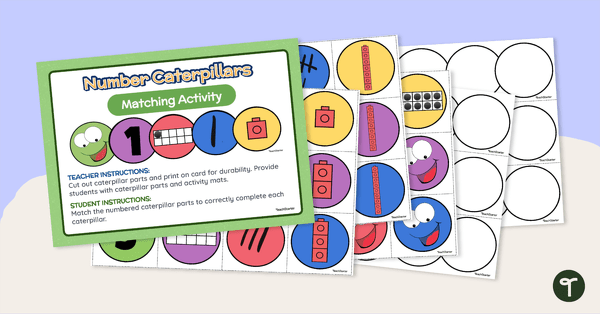
Hands-On Numbers 1-10 Caterpillar Activity
Match numbers 1-10 with their various visual representations to build a fun mathematical caterpillar!
- Plus Plan
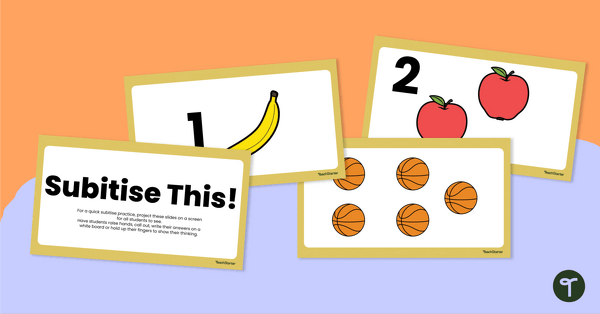
Subitise This! – Lesson Warm-up
Use this subtising presentation as a quick warm-up before your lessons.
- Plus Plan
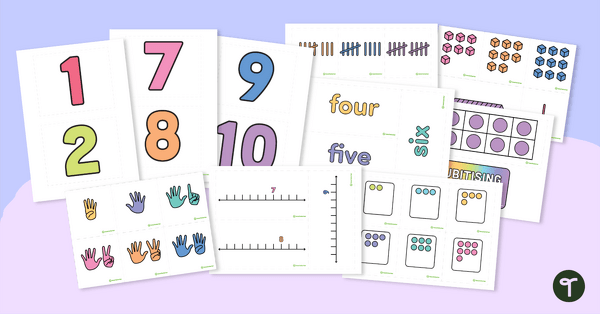
Classroom Number Display — Introducing the Numbers 1–10
Create an individualised number classroom display for the numbers 1–10 with this back-to-school resource.
- Plus Plan
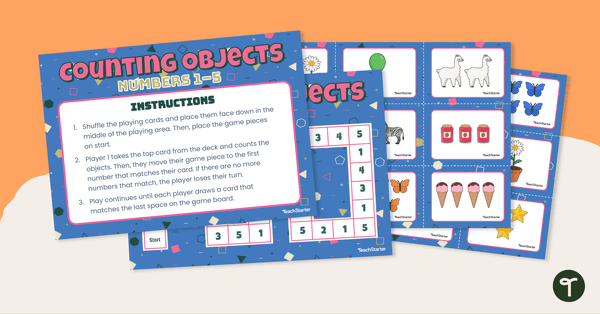
Counting Objects Board Game – Numbers 1–5
Practise basic math skills with a counting objects board game.
- Plus Plan
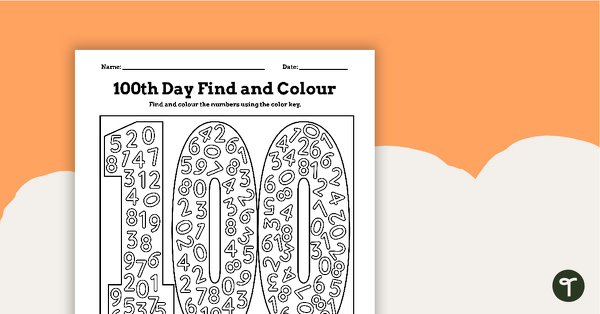
100th Day Find and Colour - Numbers
Look for numbers with a 100th day of school find and colour worksheet.
- Plus Plan
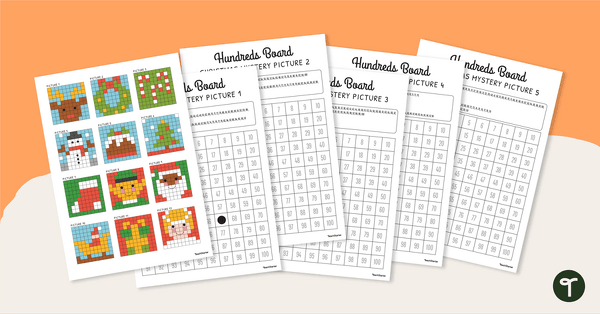
Christmas Colour By Number - Hundreds Chart Mystery Pictures Activity
Print the perfect maths activity for Christmas: a set of 12 Christmas-inspired mystery hundreds charts.
- Plus Plan
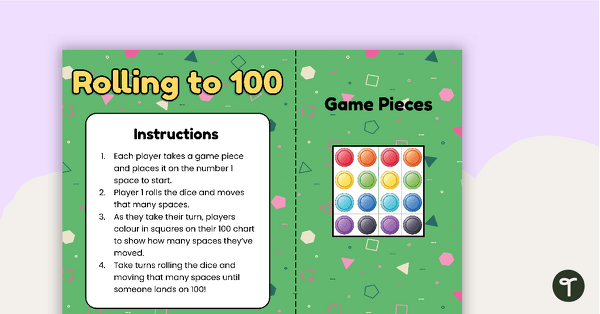
Rolling to 100 Board Game
Practise counting to 100 by 1's with this interactive hundreds board game for multiple players.
- Free Plan
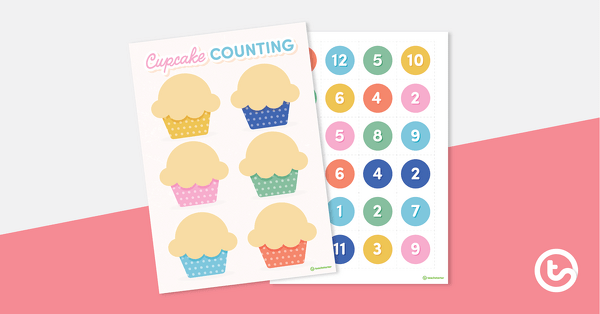
Cupcake Counting Activity
A colourful number activity using counters.
- Plus Plan
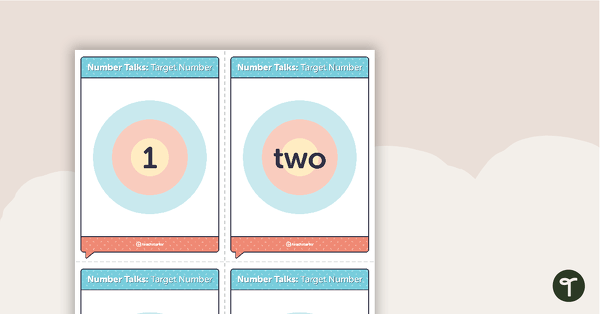
Number Talks - Target Number Task Cards
Build number sense skills with this set of 20 task cards.
- Plus Plan
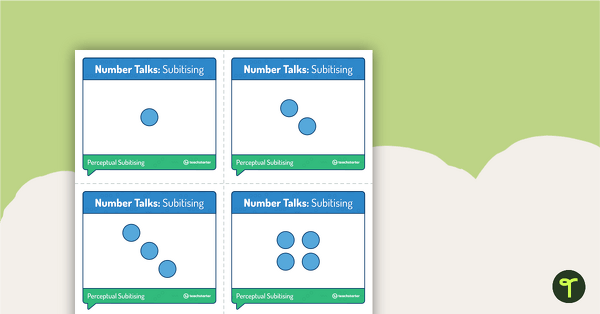
Number Talks - Subitising Task Cards
Build number sense skills with this set of 30 subitising task cards.
- Plus Plan
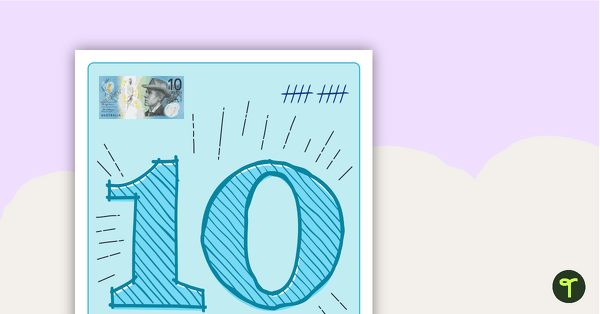
Tens Numbers 10 - 100 Posters - Money, Tallies, Tens Frames and MAB Blocks (Australian Currency)
Posters showing numbers going up in tens from 10 - 100 with associated images.
- Plus Plan
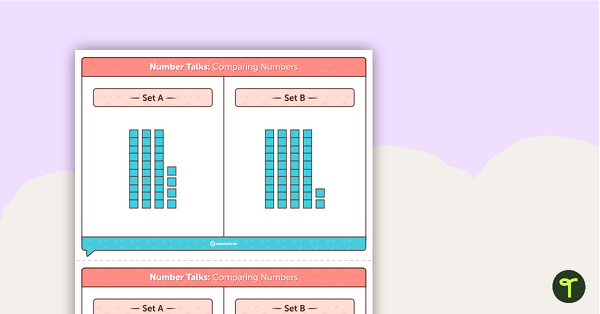
Number Talks - Comparing Numbers Task Cards
Build number sense skills with this set of 24 task cards.
- Plus Plan
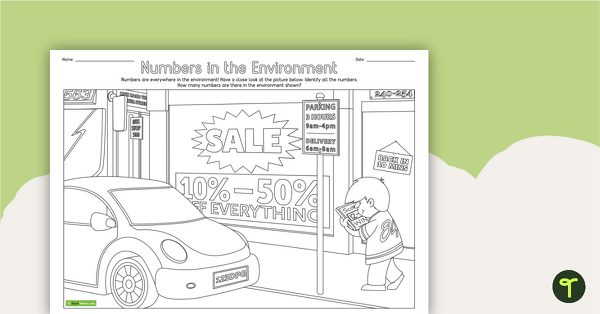
Numbers in the Environment - Number Hunt Worksheet
A busy street themed number hunt worksheet for students to identify a range of numbers in the environment.